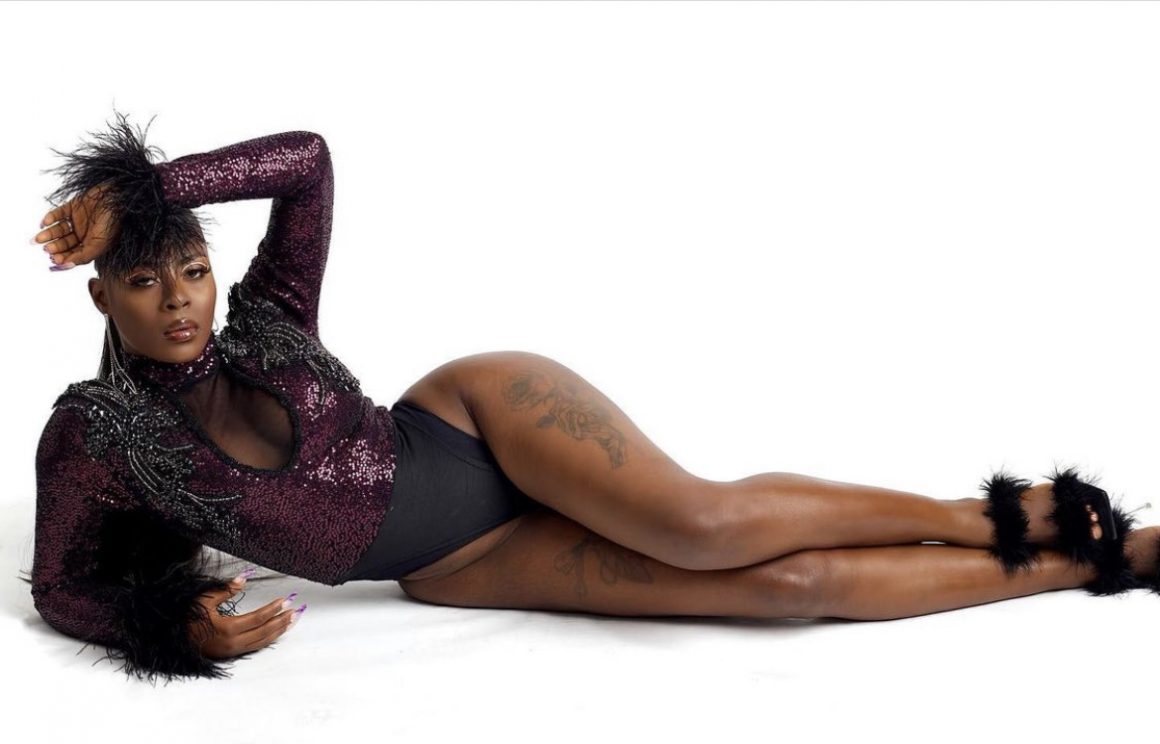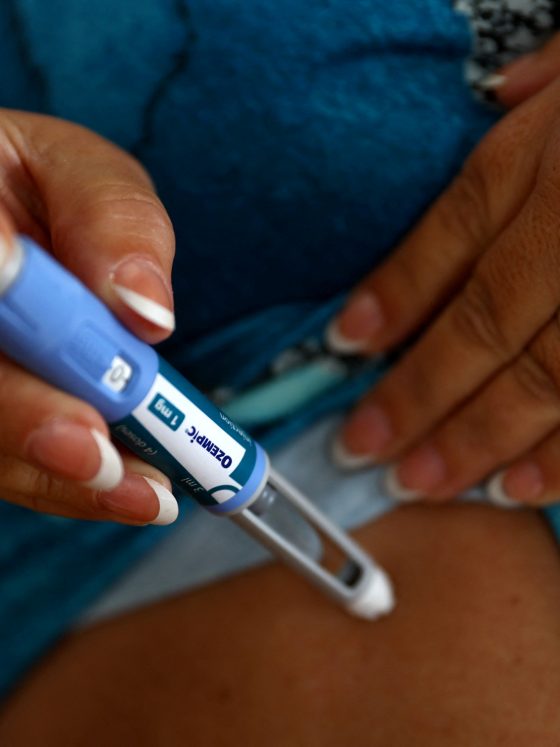Picture this: You wake up from surgery and find yourself alone in a clinic recovery room, slumped over in a wheelchair. You feel a sharp pain around the face and swollen eyes, but you’re not sure why. This is the story of Nkechi (*not real name ), a 22-year-old who has had a BBL surgery. “It’s like they threw me in the wheelchair, and then I must have hit my head,” she says. The operation she just had involved fat taken from her abdomen and transplanted into her bottom, an increasingly common procedure called the Brazilian Butt Lift. Although she can’t say for sure what happened between the time the surgery was over and the time she woke up, she has a guess. Even crazier? In the waiting room was “a herd of girls,” she says, all waiting for their procedures with a single surgeon. “I couldn’t see how a doctor can do that many patients a day without overworking themselves, you know?”
BBLs have become one of the biggest surgery trends in recent years. Between 2015 to 2019, BBLs increased by 90%. According to a survey by the International Society of Aesthetic Plastic Surgery, it is now the fastest-growing cosmetic procedure in the world. The procedure involves fat being transferred from one part of the body to the butt. The fat is processed, prepped, and then re-injected into the bottom – approximately three to five incisions are required. These incisions are then closed by sutures – meaning it’s not for the faint-hearted.
It’s official: the hourglass-enhancing surgery has firmly taken the reins from the noughties boob job boom. In Lagos and most urban cities in Nigeria, it is common to see girls flaunting perfect hourglass shapes and having conversations that centre on the best plastic surgeons in town. In the past, “your butt looks fat” was an insult. Now? It’s high praise. But how did this happen? And why are women so desperate to get an unattainable figure that they’re even willing to risk death? A BBL is considered one of the riskiest cosmetic procedures, with a 1 in 3,000 patients mortality rate. Compared to boob jobs or nose jobs, where the greatest worry is administering the anaesthesia, a BBL is especially dangerous because there are a lot of blood vessels in the bum. When fat is transferred into the buttocks, doctors can find it hard to inject it in the correct place. If it ends up in the wrong place, fat can enter the bloodstream and cause serious illness – or in extreme cases, death!
BBL deaths have – for the most part – occurred because of improper techniques. Most reputable surgeons have a limit to the amount of fat they’ll insert. In those cases, there is less likelihood of dead fat, which creates lumps and lopsidedness.
BBLs are quite expensive. The low cost keeps luring people to seek procedures in substandard clinics and theatres, where regulations are lenient. The death of Leah Cambridge – a 29-year-old woman who passed away during her BBL surgery in Turkey – hasn’t been enough to put people off, either. Why then are thousands of women risking death to get a bigger butt?
Watching the Kardashian-Jenner clan turn their bodies into billion-dollar brands, tight tummies and exaggerated hourglass figures have become the blueprint. Even then, the Kardashians are not the sole reason. Outside of reality TV, the hourglass shape has become a staple on social media, with large numbers of influential people and Instagram models seemingly following the status quo. You spend enough time on TikTok and Instagram, and it can start to feel like you’re the only person in the world who hasn’t had their butt done. The BBL silhouette is omnipresent and almost unmissable. On TikTok, the hashtag #BBL has more than 3.7 billion views. Videos are filled with countless BBL before and afters. While TikTok makes it seem like a BBL is a quick fix to getting a small waist and a full butt, there are so many things that can’t be shown in a short video clip. This is extremely dangerous as the transformations plaguing the platform drown out the real issues people face.
It is even worse when you can’t escape it in fashion, either. Take one scroll through some of the major fashion retailers’ websites, and you’ll see the same designs cropping up repeatedly. Cut-outs, plunging necklines, thigh-high slits. All styles are designed and geared towards a specific type of body. Now, clothes are made for small waists and thick thighs. Simply put, BBLs fit in with the current beauty standard.
In a beauty-obsessed society, the line is often blurred between what we want our body to look like and what we think we need to be beautiful. While plastic surgery can undoubtedly provide positive results for patients, there is a lot to be said for the ever-evolving beauty standard. What was trendy a decade ago isn’t trendy now, and the same will likely ring true for the BBL look in years to come. But bodies aren’t trends. The ideal body is completely unattainable – not because you need more money for surgery or because of your genes, but because body trends are constantly changing. It’s like trying to catch an insect that will always escape you –While you may come close, you’ll find your hand empty and squeezing the air.
One aspect that many clinics don’t always fully explain is what happens after you get a new butt. Many aren’t upfront about the fact that there are limits to how much fat surgeons can remove and implant and, therefore, what a single BBL procedure can accomplish. To achieve their desired look, many women must come back for two or three procedures. What’s interesting? Not all of the fat inserted into the butt will stay alive. It’s a common complaint among BBL patients to fall in love with their post-surgery butt, only to watch it shrink over the next few months.
Aftercare guidance also depends on the patient’s existing body type. However, they must wear a faja – a corset-like garment that keeps the body shape in place. For about three months, this must be worn as the new fat learns to connect with the existing fat. Sleeping must be done face-down for at least six weeks, and sitting requires a special pillow. To help with circulation, patients must schedule regular post-op massages, which are often painful. Peeing, by the way, is its own hurdle.
These aftereffects are rarely present in the many Instagram and TikTok content posts. Some are run by doctors advertising their prowess in creating sculpted hourglass figures. Some have even built huge audiences with cheeky taglines on how a BBL means “freedom from the gym” or how “their patients are having hot girl summers”. They field dozens of DMs a day from women hoping to recreate the bodies they’ve seen online.
So as we wait for the body trend to change, one sad truth remains: young women have been killing themselves to meet the beauty standard for centuries. And the BBL epidemic has become one of the most deadly standards of all. The BBL journey isn’t the same for everyone, but one thing that should apply to all is the importance of making an informed decision based on thorough research and an internal desire – not a need for external validation or an unachievable ambition to look like your favourite influencer.
Undeniably, they do look great – when done and managed properly – but what are we telling young girls?
The Brazillian Butt Lift – Behind the world’s most dangerous cosmetic surgery.













